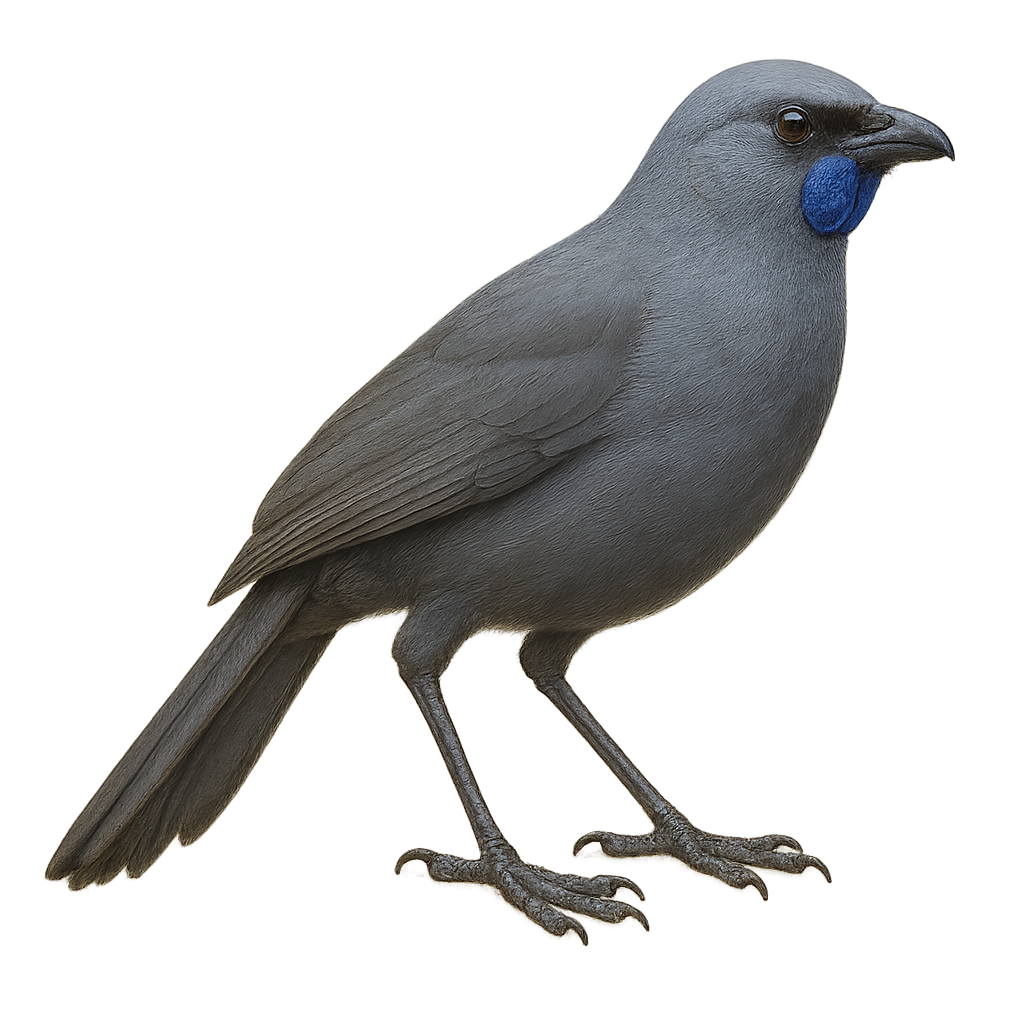Your wildlife photography guide.
Explore the north island kōkako in detail, study its behavior, prepare your shots.
Where to observe and photograph the north island kōkako in the wild
Learn where and when to spot the north island kōkako in the wild, how to identify the species based on distinctive features, and what natural environments it inhabits. The WildlifePhotographer app offers tailored photography tips that reflect the north island kōkako’s behavior, helping you capture better wildlife images. Explore the full species profile for key information including description, habitat, active periods, and approach techniques.
North Island Kōkako
Scientific name: Callaeas wilsoni

IUCN Status: Endangered
Family: CALLAEIDAE
Group: Birds
Sensitivity to human approach: Suspicious
Minimum approach distance: 10 m
Courtship display: September to November
Incubation: 19-21 jours
Hatchings: September to December
Habitat:
Wet forests, dense forests
Activity period :
Primarily active during the day, with peak activity in the morning and late afternoon.
Identification and description:
The Callaeas wilsoni, commonly known as the North Island Kōkako, is an endemic bird of New Zealand. It is easily recognizable by its bluish-grey plumage and bright blue facial wattles. This forest bird is known for its melodious and complex song, often compared to a flute. It primarily inhabits the wet and dense forests of the North Island, where it feeds on fruits, insects, and leaves. Although its flight is weak, it is an excellent climber, using its strong legs to move between branches. Unfortunately, the North Island Kōkako is threatened by habitat loss and predation by introduced species, leading to a significant decline in its population.
Recommended lens:
400 mm – adjust based on distance, desired framing (portrait or habitat), and approach conditions.
Photography tips:
To photograph the North Island Kōkako, it is advisable to use a telephoto lens of at least 400mm to capture detailed images without disturbing the bird. Look for it early in the morning when its song is most active. Be patient and discreet, as this bird can be suspicious. Use a tripod to stabilize your camera and adjust your settings for the low light conditions of dense forests.
The WildlifePhotographer App is coming soon!
Be the first to explore the best nature spots, track rutting seasons, log your observations, and observe more wildlife.
Already 1 429 wildlife lovers subscribed worldwide

